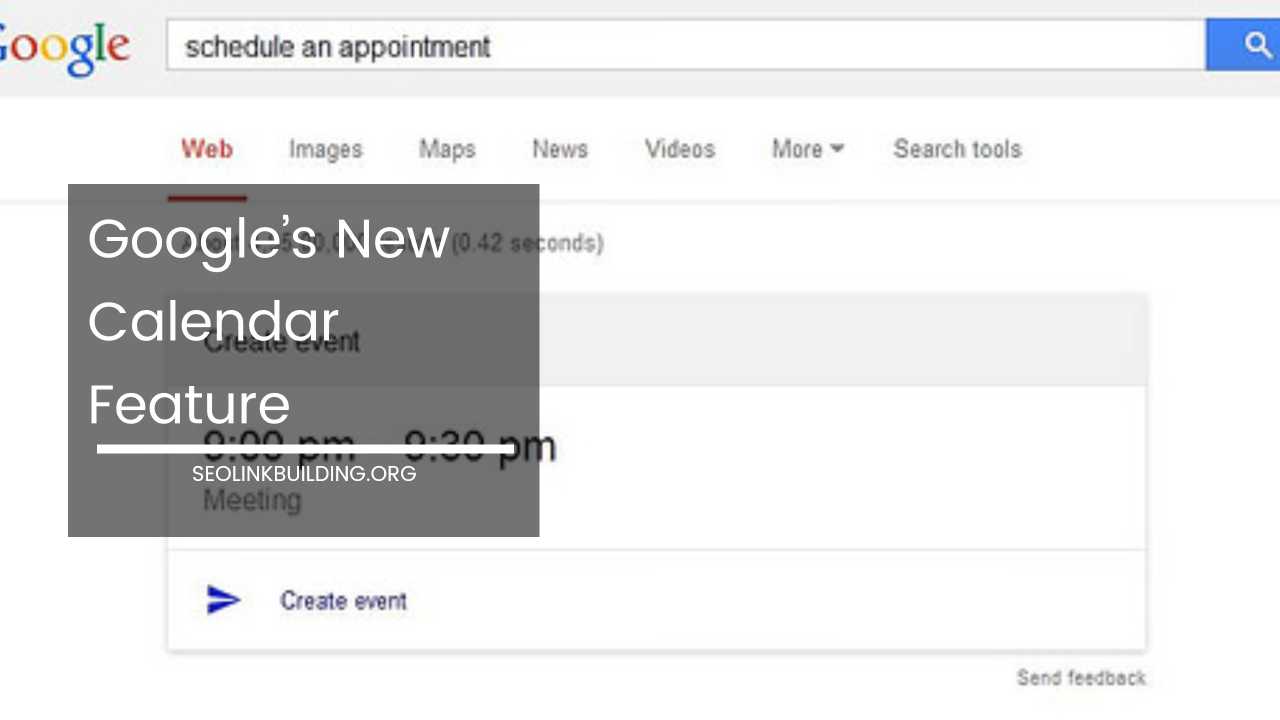Organic Search Engine Optimization – (SEO)

SEO
Organic Search Engine Optimization (SEO): Dominating Search Results Without Breaking the Bank
In today’s digital landscape, a website without strong organic search engine optimization (SEO) is like a hidden gem – beautiful, but unseen.
SEO propels your website to the forefront of search engine results pages (SERPs) for relevant searches, driving organic traffic and propelling your business growth. But what exactly is SEO, and how can you leverage it to achieve top rankings?
This comprehensive guide delves into the world of organic SEO, equipping you with the knowledge and strategies to dominate search results.
Understanding the Organic SEO Landscape
Organic vs. Paid Search: Know the Difference
Search engine results pages (SERPs) typically display two main sections: organic search results and paid search results. Organic results, often referred to as “natural listings,” are earned through SEO efforts.
These results rank higher based on relevance and authority, determined by complex search engine algorithms. Paid search results, on the other hand, are advertisements purchased through platforms like Google Ads. They appear at the top of the SERP with a clear “Ad” label.
Why Organic SEO Matters
Organic SEO offers a multitude of benefits for businesses and websites:
- Cost-Effectiveness: Unlike paid search, organic SEO doesn’t require ongoing ad spend. Once you achieve high rankings, you maintain traffic without additional costs.
- Credibility and Trust: Ranking organically positions your website as a trusted authority in your niche. Users perceive organic results as more reliable than paid ads.
- Targeted Traffic: SEO allows you to attract users actively searching for what you offer. This translates to higher conversion rates and a more engaged audience.
- Long-Term Sustainability: SEO results are often more stable than paid ads. With continuous optimization, your website can maintain top rankings for extended periods.
The Pillars of Organic SEO
Effective SEO hinges on three core pillars: on-page SEO, off-page SEO, and technical SEO.
-
On-Page SEO: Optimizes the content and structure of individual webpages to improve search engine understanding and user experience. This includes:
- Keyword Research: Identifying relevant keywords your target audience searches for. Tools like Google Keyword Planner, SEMrush, and Ahrefs can be helpful in this process. Consider long-tail keywords with lower competition but higher conversion potential.
- Content Creation: Developing high-quality, informative content that targets your chosen keywords. Focus on in-depth content that establishes your expertise and provides value to your audience.
- Content Optimization: Optimize your content for readability and user experience. Break up lengthy text with subheadings, use bullet points and numbered lists, and incorporate high-quality images and videos.
- On-Page Optimization: Optimize page titles, meta descriptions, headings, and image alt text with relevant keywords naturally woven into the content. However, avoid keyword stuffing, which can negatively impact rankings.
- Internal Linking: Creating a strong internal linking structure that connects relevant pages on your website. This helps search engines understand the hierarchy of your content and distribute link equity.
-
Off-Page SEO: Focuses on building external credibility and authority for your website. This includes:
- Link Building: Acquiring high-quality backlinks from reputable websites in your niche. Backlinks act as votes of confidence for your website in the eyes of search engines. Focus on guest blogging on relevant websites, creating link-worthy content like infographics and studies, and directory submissions in high-authority directories.
- Brand Building: Increasing brand awareness through social media engagement, guest blogging, online reputation management, and influencer marketing. A strong brand presence online can indirectly improve your SEO efforts.
- Local SEO (if applicable): If you have a local business, optimize your website and online presence for local search. Claim and verify your Google My Business listing, ensure consistent NAP (Name, Address, Phone number) citations across the web, and encourage customer reviews.
-
Technical SEO: Ensures your website’s technical foundation is sound for optimal search engine crawling and indexing. This includes:
- Website Speed: Maintaining fast loading times for a smooth user experience and improved search ranking. Utilize website speed testing tools and optimize images, code, and caching mechanisms.
- Mobile-Friendliness: Ensuring your website is optimized for mobile devices, a crucial ranking factor since most users browse on smartphones. Utilize responsive design or develop a dedicated mobile website.
- Site Architecture: Creating a clear and logical website structure that allows search engines to easily navigate and understand your content. Organize your website into clear categories and subcategories, and use breadcrumbs for better navigation.
- Sitemap Submission: Submitting a sitemap to search engines like Google Search Console to aid in the indexing process. A sitemap acts as a blueprint of your website, allowing search engines to discover all the important pages and content on your website, understand their structure and relationships, and prioritize them for crawling and indexing.
Advanced Organic SEO Techniques
As you gain experience with SEO fundamentals, consider incorporating these advanced techniques to further refine your strategy:
- Structured Data Markup: Implement structured data markup on your website to provide search engines with richer information about your content. This can improve your website’s appearance in SERPs with rich snippets like star ratings for reviews or product prices.
- Entity Building: Establish your website as an authority on specific topics by creating content that demonstrates expertise and references relevant entities. This could involve linking to reputable sources and building relationships with industry influencers.
- Voice Search Optimization: Optimize your content for voice search queries, which are becoming increasingly popular. Voice searches tend to be phrased as questions, so consider incorporating long-tail keywords and natural language into your content.
- International SEO (if applicable): If you target a global audience, consider international SEO strategies. This involves translating your website into different languages, managing hreflang tags to specify language targeting, and building backlinks from international websites.
- Video SEO: Utilize video content effectively, as videos can improve engagement, user experience, and dwell time on your website. Optimize video titles, descriptions, and tags with relevant keywords. Additionally, create video transcripts and embed them on your webpage.
Ongoing SEO Maintenance and Analysis
SEO is an ongoing process. Here’s how to maintain and analyze your SEO efforts for continuous improvement:
- Content Refreshment: Regularly update and refresh your existing content to ensure it remains accurate and relevant. This can involve incorporating new data, trends, and user feedback.
- Backlink Monitoring: Continuously monitor your backlink profile to identify any broken or low-quality links. Disavow low-quality links using Google Search Console to prevent them from negatively impacting your rankings.
- Analytics and Tracking: Utilize website analytics tools like Google Search Console and Google Analytics to track your website’s SEO performance. Monitor keyword rankings, organic traffic, user behavior, and conversions to identify areas for improvement.
- Competitor Analysis: Regularly analyze your competitor’s SEO strategies. Identify their high-performing content and backlinks to gain insights and inform your own SEO efforts. Tools like SEMrush and Ahrefs can be helpful for competitor analysis.
Additional Considerations for Success
- Mobile-First Indexing: Since Google switched to mobile-first indexing in 2018, prioritize mobile optimization for all SEO efforts. Ensure your website loads quickly, offers a seamless user experience, and displays correctly on all mobile devices.
- Core Web Vitals: Focus on optimizing Core Web Vitals, a set of metrics that measure website loading speed, responsiveness, and visual stability. These factors significantly influence user experience and search engine rankings.
- User Experience (UX): Prioritize user experience (UX) in all aspects of your website. This includes clear navigation, intuitive design, and high-quality content that addresses user needs. A positive UX can indirectly improve SEO by increasing dwell time and engagement.
- Evolving Search Engine Algorithms: Search engine algorithms are constantly evolving. Stay updated on the latest SEO trends and best practices to adapt your strategies accordingly.
By implementing these comprehensive strategies and remaining adaptable, you can establish a strong organic SEO foundation for your website.
Remember, SEO is a marathon, not a sprint. With dedication, continuous optimization, and a focus on providing exceptional value to your audience, you can achieve top search rankings and drive sustainable organic traffic to your website.













